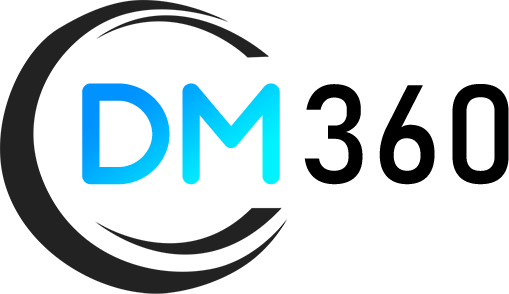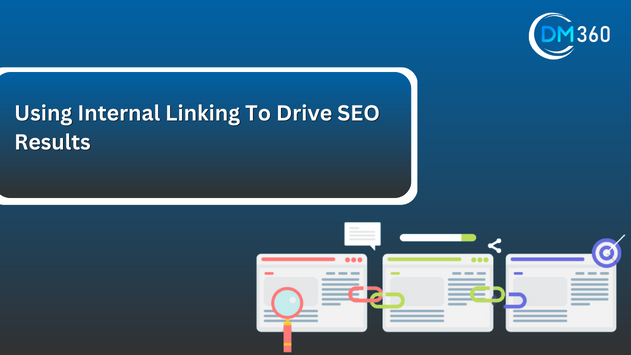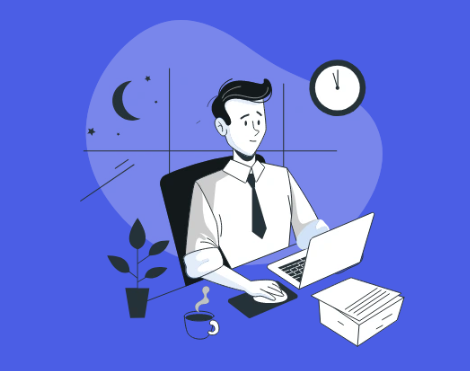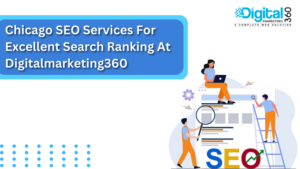Using Internal Linking to Drive SEO Results – Search engine optimization (SEO) is ever-evolving, but internal linking is a valuable strategy. It is often overlooked that internal links can have an important impact on your SEO services Chicago efforts, even though external links from other websites are crucial for increasing your site’s authority. You can leverage internal linking to drive SEO results for your website in this blog post.
Table of Contents
ToggleWhat Is Internal Linking?

Internal linking is the activity of linking your website’s pages within the same domain. Links play a crucial role in establishing the site’s structure and hierarchy, whether hyperlinks or navigation menus. The internal links on your website allow search engines to navigate your website and understand the relationships between different pages. Moreover, they provide visitors with a seamless user experience by directing them to relevant and related content.
Benefits Of Internal Linking

Our discussion here will focus on the lesser-known benefits of internal links as well as how they can improve SEO and user interaction.
Enhanced Website Navigation and User Experience:
The use of internal links significantly improves website navigation, allowing visitors to discover and explore more of your content. The purpose of strategically placing relevant links throughout your website is to guide users to related articles, product pages, or valuable resources, thereby increasing their engagement and time spent on your site. A seamless user experience can reduce bounce rates and encourage visitors to explore your website deeper, resulting in higher conversions.
Enhanced Crawling and Indexing:
Internal links are used by search engine crawlers to discover and index your web pages. You ensure that all your important pages are crawled and indexed by search engines by linking from one page to another. It is especially beneficial for newly created or recently updated pages that still need external backlinks. You can expedite the discovery of these pages by search engines by including internal links from high-authority pages on your site.
Keyword Relevance and Anchor Text Optimization:
Internal linking can also optimize the visible, clickable anchor text of a hyperlink. You can signal the topic or theme of the linked page to search engines by carefully selecting anchor text. Keyword relevance enhances the overall SEO value of your website and improves its ranking potential for targeted keywords. Maintain a natural and balanced approach to anchor text optimization, avoiding excessive keyword stuffing, which can result in penalties.
Spreading Link Authority:
Link authority is spread across your website through internal linking. You can pass link authority from one page on your site to other pages through internal links when one page receives external backlinks. Your site’s visibility and ranking potential are boosted when your high-authority pages link to other relevant pages, distributing that authority throughout your site. Your most valuable pages must be identified and prioritized so they receive maximum benefit from link authority distribution.
Content Organization and Information Architecture:
Content organization and information architecture can be improved by well-structured internal linking. A hierarchical structure allows users and search engines to understand the topical relationships between different sections of your website when related pages are linked. Search engines can also interpret your site’s content and relevance based on this organization, which is easier for visitors to navigate.
Lower Bounce Rates and Increased Time on Site:
Increasing internal linking can reduce bounce rates, which measure how many visitors leave your site after only viewing one page. Visitors are more likely to explore additional pages on your website when presented with relevant internal links. Search engines will rank your content at the top if there is more engagement on your site.
Promotion of Lesser-Known Content:
You can promote underperforming or lesser-known content by linking it to more popular or high-traffic pages. Increase the chances that your linked content will be discovered and shared by strategically placing internal links to these pages. Your audience may still find value in older blog posts, product pages, or resources if you use this technique.
Boosting Indexing and Ranking of Targeted Keywords:
Internal linking offers an opportunity to optimize anchor text with targeted keywords strategically. Anchor text that is descriptive and relevant enhances the keyword relevance of linked pages and signals to search engines the content’s topical focus. This can significantly impact the indexing and ranking of those keywords. Anchor text optimization should be approached in a natural and balanced manner, aligned with user experience and content flow.
Enhanced Contextual Relevance:
Links between pages establish contextual relevance. You can enhance your information by linking relevant content together. Users can explore related topics and delve deeper into specific areas of interest, increasing engagement and conversion rates. These contextual relationships are also interpreted by search engines, improving the relevance and authority of your website.
Decreased Website Depth and Accessibility:
Adding internal links to your website makes it easier to access important pages and reduces its depth. Visitors can easily find and navigate deeper content when you link from high-level pages to deeper content. Reduce the number of clicks required to reach important pages so search engines can index them and rank them prominently.
Facilitating Site Updates and Freshness:
Regularly updating your website’s content is crucial for SEO. Internal linking distributes link equity and authority to newly created or updated pages. Search engines respond well to links from high-authority pages to fresh content. By doing this, your new content will be indexed, ranked, and visible sooner, ensuring it reaches your audience on time.
Conclusion:
Internal linking is one of the most powerful SEO services Chicago strategies to boost your website’s visibility and rankings. Your website’s navigation can be improved, crawling and indexing can be enhanced, anchor texts can be optimized for relevant keywords, link authority can be spread, and your content can be organized effectively by using internal links. Ensure that your internal linking strategy focuses on relevance, user experience, and the overall structure of your website. Organic traffic can be driven, user engagement can be improved, and your search engine ranking can be boosted by incorporating internal linking into your SEO strategy. Optimize your website’s potential by analyzing its current internal linking structure. Boost your online visibility and SEO results with a well-executed internal linking strategy.






